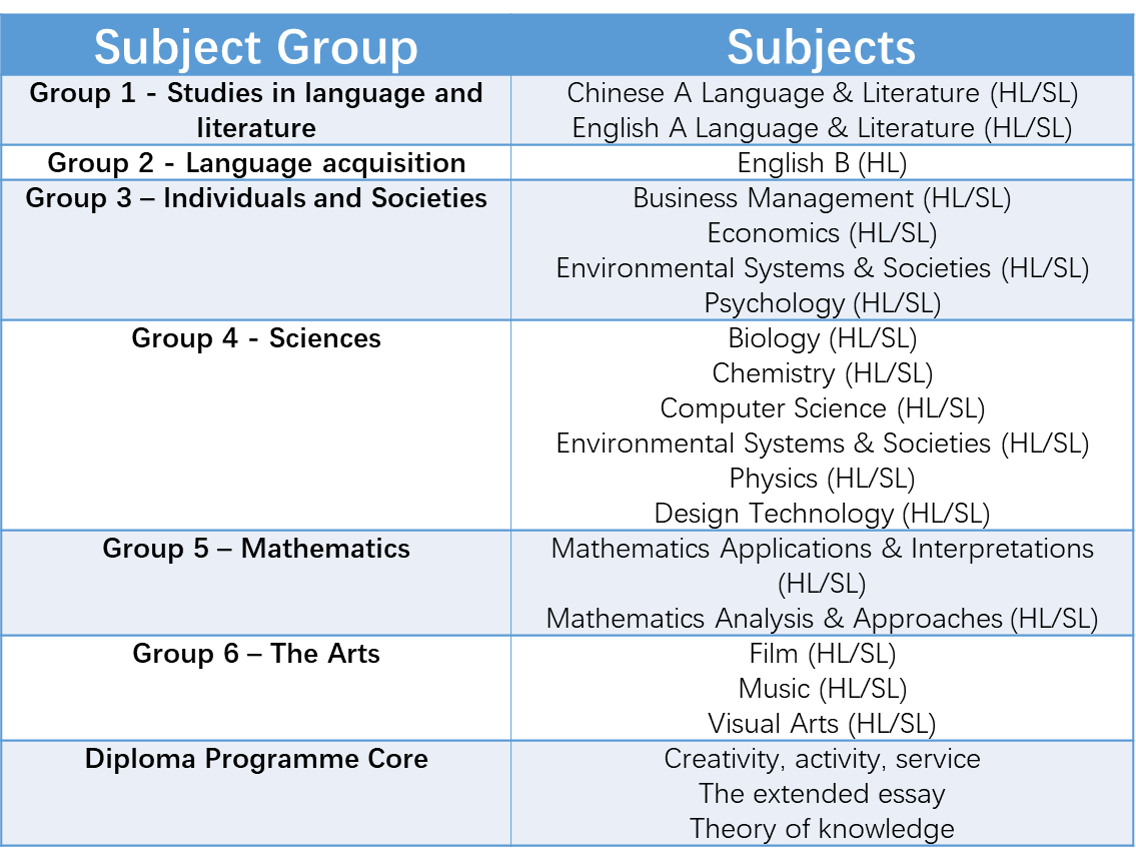"Understanding the Impact of Student Loan Debt in the US: A Comprehensive Guide to Challenges and Solutions"
#### Student Loan Debt in USStudent loan debt in the US has become a pressing issue affecting millions of individuals and families. As of 2023, the total st……
#### Student Loan Debt in US
Student loan debt in the US has become a pressing issue affecting millions of individuals and families. As of 2023, the total student loan debt in the United States exceeds $1.7 trillion, making it one of the largest forms of consumer debt in the country, second only to mortgage debt. This staggering figure reflects the financial burden that many graduates carry as they enter the workforce, often impacting their ability to buy homes, save for retirement, or start families.
#### The Growing Crisis
The rise in student loan debt can be attributed to several factors, including the increasing cost of higher education, the availability of federal and private loans, and the economic landscape that encourages individuals to pursue degrees. Tuition rates have soared over the past few decades, far outpacing inflation and wage growth. This trend has led many students to take on substantial loans to finance their education, with the average borrower graduating with over $30,000 in debt.
#### Consequences of Student Loan Debt

The consequences of student loan debt in the US are far-reaching. Many graduates find themselves in a cycle of debt that can take decades to escape. This financial strain can lead to mental health issues, as individuals struggle to manage their payments while trying to establish their careers. Additionally, student loan debt can hinder economic growth, as young adults delay major life decisions such as purchasing homes, starting businesses, or investing in their futures.
#### Repayment Challenges
Navigating the repayment of student loans can be daunting. Borrowers face various repayment plans, including standard, graduated, and income-driven repayment options. However, many are unaware of their rights and options, leading to confusion and missed payments. Defaulting on student loans can have severe consequences, including wage garnishment, tax refund seizures, and damage to credit scores.
#### Potential Solutions

Addressing the student loan debt crisis in the US requires a multifaceted approach. Policymakers are exploring options such as debt forgiveness programs, interest rate reductions, and increased funding for public colleges and universities to make education more affordable. Additionally, financial literacy programs can help students make informed decisions about borrowing and managing their debt.
#### The Role of Advocacy
Advocacy groups play a crucial role in raising awareness about the challenges associated with student loan debt. They work to influence legislation that can alleviate the burden on borrowers and promote policies that prioritize affordable education. Grassroots movements have emerged, calling for comprehensive reforms to the student loan system, including the cancellation of a portion of existing debt and the implementation of more equitable funding models for higher education.
#### Conclusion

In conclusion, student loan debt in the US is a complex issue that affects not only individuals but also the broader economy. Understanding the implications of this debt and exploring potential solutions is essential for fostering a more equitable and sustainable future. As the conversation around student loan debt continues to evolve, it is crucial for borrowers to stay informed about their options and for society to advocate for meaningful change in the education financing landscape.